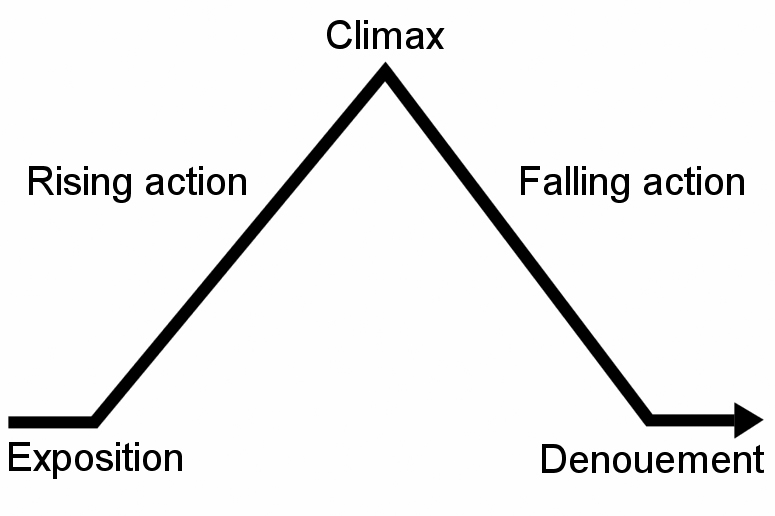Drama
Dramas are one of the most realistic genres and are usually rather serious films which have a strong emphasis on emotion. They are pulled together with strong characters, dramatic and/or intense situations which draw in the viewer or audience.
- Dramas are serious, plot-driven presentations, portraying realistic characters, settings, life situations, and stories involving intense character development and interaction. Usually, they are not focused on special-effects, comedy, or action, Dramatic films are probably the largest film genre, with many subsets.
- Emphasis on Emotion and Character
Characters have moral ambiguities and complexities
More developed than stereotypes, these characters have ability to fail or make mistakes
Drama raises more questions than it answers
“How life really is.”
Characters have moral ambiguities and complexities
More developed than stereotypes, these characters have ability to fail or make mistakes
Drama raises more questions than it answers
“How life really is.”
Narrative Structure
Calm setting
Conflict or discourse where mistakes are made and consequences are realised
A struggle - Emotional between two people/someone vs themselves
Freytag's Theory - Freytag's Pyramid
Gustav Freytag was a 19th century novelist.
Gustav Freytag was a 19th century novelist.
Freytag believed that every drama can be divided into five major acts or parts. These were known to be: Exposition, Rising Action, Climax, Falling Action and finally Dénouement. They are also known as a Dramatic Arc.
Exposition: At the beginning of a film the exposition provides the background information needed to understand the story. Following the exposition is the focal conflict or problem which the story is based around; although this may not be clear until further into the film.
Rising Action: The initial conflict becomes more complex as other smaller conflicts become noticeable. These conflicts make the road of the protagonist more difficult and deters them away form reaching their goal.
Climax: The key turning point within the film where something could progress the story further or go terribly wrong.
Falling Action: The point in which the climax is reversed and the conflict starts to diminish slowly.
Denouement: Also known as the resolution of the film where the conflict is finally resolved. The word denouement was derived from the French word 'denoer' which meant "to untie". More often than not this is the ending where the protagonist is better off than they were when the story was first introduced.
Rising Action: The initial conflict becomes more complex as other smaller conflicts become noticeable. These conflicts make the road of the protagonist more difficult and deters them away form reaching their goal.
Climax: The key turning point within the film where something could progress the story further or go terribly wrong.
Falling Action: The point in which the climax is reversed and the conflict starts to diminish slowly.
Denouement: Also known as the resolution of the film where the conflict is finally resolved. The word denouement was derived from the French word 'denoer' which meant "to untie". More often than not this is the ending where the protagonist is better off than they were when the story was first introduced.
Our short film will be using Freytag's Theory and it will be based around a young girl who is in despair.
Please! - Paul Black - An Example of a Drama Short Film
This short drama was our initial inspiration for our own short drama which will be based upon a young girl who is in despair from the loss of her best friend. Wongfu Productions have used a collection of objects and a voice over to tell the story of the young girl we may do something similar.

No comments:
Post a Comment